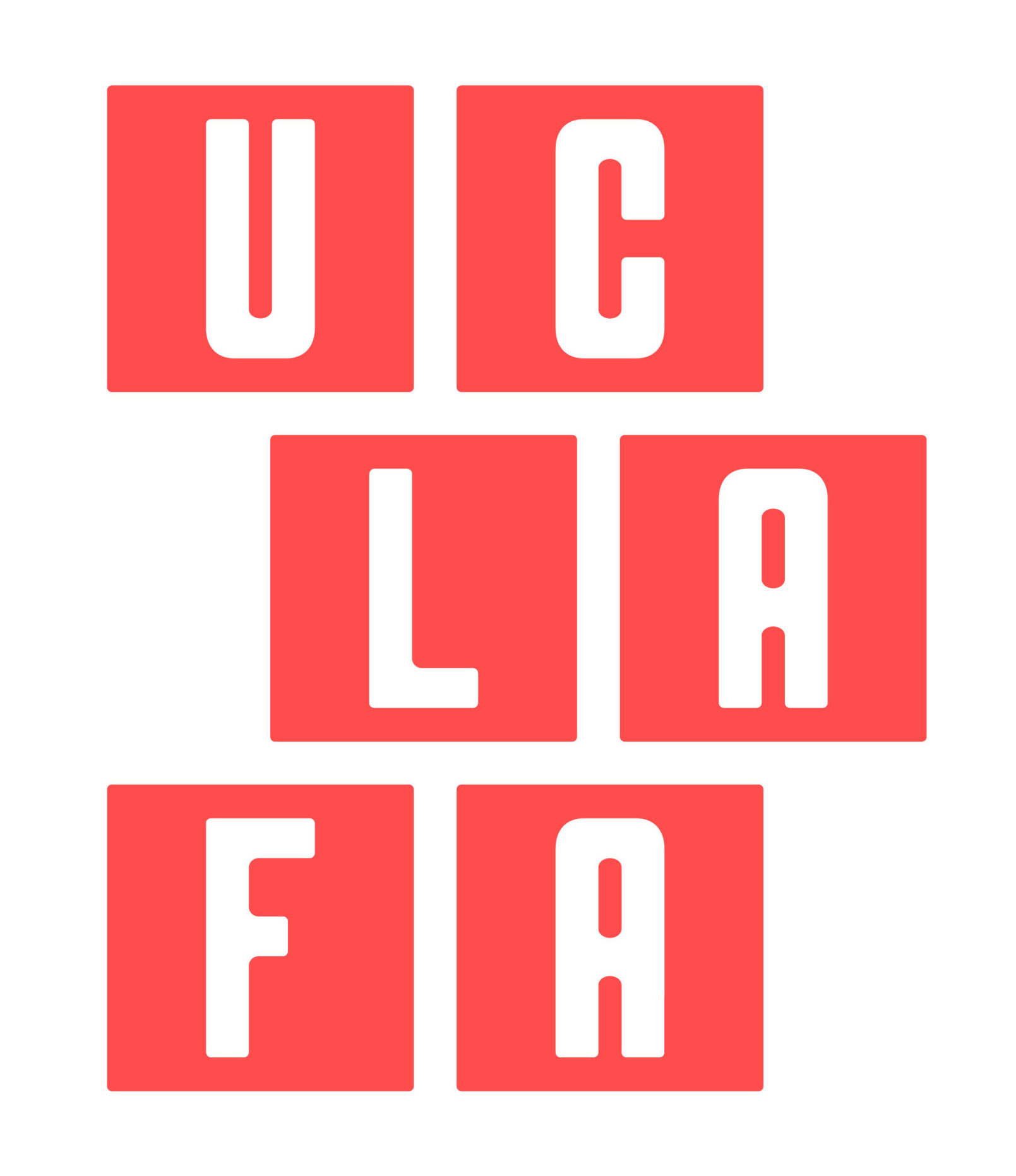The Affirmative Action Controversy: Evidence of Strategic Behavior in Texas University Admissions
 Under Prop 209, affirmative action in public university admissions is banned in California. As many will know, Prop 209 evolved out of a UC Regents action in the 1990s. (Subsequently, after Prop 209 passed, the Regents dropped their regulation. But the change had no effect since Prop 209 remained in effect.)
Under Prop 209, affirmative action in public university admissions is banned in California. As many will know, Prop 209 evolved out of a UC Regents action in the 1990s. (Subsequently, after Prop 209 passed, the Regents dropped their regulation. But the change had no effect since Prop 209 remained in effect.)
Over the years, various approaches have been proposed to increase minority representation in UC enrollment. One approach, found in Texas, is to take the top X percent of high school grads by high school rather than in all high schools combined. In Texas, X = 10%. A working paper from the National Bureau of Economic Research shows that such a system creates an incentive to enroll in less competitive high schools. The papers’ authors find such an effect although the absolute magnitude is small, in part because the ability to make such a choice is limited. For students who have such a choice, however, the magnitude can be relatively large. Given the constraints, the authors find a slight displacement of minority students from the eligible top-10 pool.
Below is an abstract of the paper and a link to the full text. (You should be able to obtain the full text at no cost because of a UCLA library subscription.)
Jockeying for Position: Strategic High School Choice Under Texas’ Top Ten Percent Plan
by Julie Berry Cullen, Mark C. Long, Randall Reback – NBER paper #16663
Abstract: Beginning in 1998, all students in the state of Texas who graduated in the top ten percent of their high school classes were guaranteed admission to any in-state public higher education institution, including the flagships. While the goal of this policy is to improve college access for disadvantaged and minority students, the use of a school-specific standard to determine eligibility could have unintended consequences. Students may increase their chances of being in the top ten percent by choosing a high school with lower-achieving peers. Our analysis of students’ school transitions between 8th and 10th grade three years before and after the policy change reveals that this incentive influences enrollment choices in the anticipated direction. Among the subset of students with both motive and opportunity for strategic high school choice, as many as 25 percent enroll in a different high school to improve the chances of being in the top ten percent. Strategic students tend to choose the neighborhood high school in lieu of more competitive magnet schools and, regardless of own race, typically displace minority students from the top ten percent pool. The net effect of strategic behavior is to slightly decrease minority students’ representation in the pool.
Full paper at http://papers.nber.org/papers/W16663
